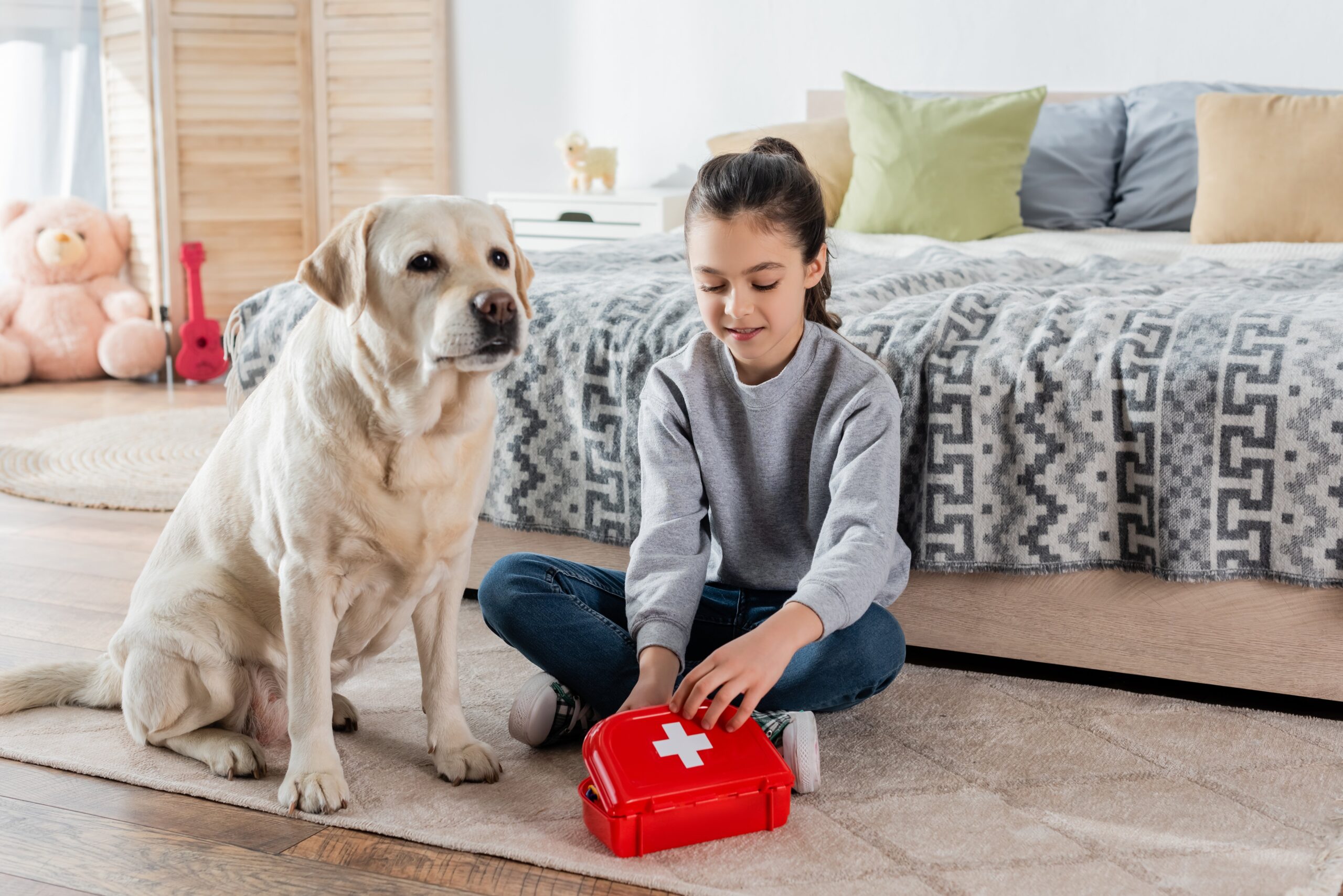Creating a safe and secure home environment is a fundamental concern for any household. Whether you’re a new homeowner or looking to enhance your current safety measures, understanding and implementing essential safety features can provide peace of mind and protect your loved ones from various risks. Here’s a guide to the top home safety essentials every household should consider.
1. Smoke and Carbon Monoxide Detectors
One of the most crucial elements of home safety is the installation of smoke and carbon monoxide detectors. These devices are essential for alerting you to fire or dangerous levels of carbon monoxide, both of which can be life-threatening.
- Smoke Detectors: Install smoke detectors in key areas of your home, including every bedroom, outside sleeping areas, and on each level of the house. Test them monthly and replace batteries at least once a year. Consider interconnected models so that when one alarm sounds, they all do.
- Carbon Monoxide Detectors: Carbon monoxide is a colorless, odorless gas that can be deadly if undetected. Install carbon monoxide detectors near sleeping areas and on every level of your home. As with smoke detectors, test these regularly and replace batteries annually.
2. Home Security System
A well-designed home security system not only deters potential intruders but also offers various features to enhance safety.
- Alarm Systems: Choose a system that includes door and window sensors, motion detectors, and an alarm that sounds if an intrusion is detected. Many modern systems offer remote monitoring via smartphone apps, allowing you to keep an eye on your home even when you’re away.
- Security Cameras: Installing security cameras around your property can provide valuable evidence in the event of a break-in and help you monitor suspicious activity. Opt for cameras with night vision and high-definition video for the best results.
- Smart Locks: Consider installing smart locks that allow you to control access to your home remotely. Some smart locks also offer keyless entry, which can be more secure and convenient than traditional keys.
3. Emergency Preparedness Kit
An emergency preparedness kit is vital for handling unexpected situations, such as natural disasters or power outages.
- Basic Supplies: Include items like non-perishable food, water (at least a gallon per person per day for three days), a flashlight with extra batteries, a first aid kit, and a battery-powered or hand-crank radio.
- Personal Documents: Keep important documents, such as identification, insurance policies, and medical records, in a waterproof and portable container.
- Medications: Store a supply of any necessary medications and medical supplies.
4. Fire Extinguishers
Having fire extinguishers readily available can prevent small fires from becoming major emergencies.
- Location: Position fire extinguishers in critical locations such as the kitchen, near the fireplace, and anywhere flammable materials are kept. Ensure each extinguisher is equipped with a fire extinguisher cover to protect it from dust and damage.
- Types: Choose the appropriate type of extinguisher for different kinds of fires. For example, an ABC extinguisher can handle most types of fires, including those involving ordinary combustibles, flammable liquids, and electrical equipment.
- Maintenance: Regularly check that extinguishers are charged and easily accessible. Replace them according to the manufacturer’s recommendations or after use.
5. Childproofing and Pet Safety
If you have young children or pets, additional safety measures are necessary to prevent accidents and injuries.
- Childproofing: Use safety gates, outlet covers, and cabinet locks to keep children safe from potential hazards. Ensure that furniture is anchored to walls to prevent tipping.
- Pet Safety: Secure trash cans and toxic substances out of reach. Install pet gates if needed to keep pets away from hazardous areas.
6. Outdoor Safety
Enhancing safety doesn’t end at your front door. Outdoor safety measures are equally important.
- Outdoor Lighting: Install motion-activated lights around your property to deter intruders and improve visibility during the night.
- Fencing and Gates: Secure your yard with sturdy fencing and locked gates to keep children and pets safe and prevent unauthorized access.
- Landscaping: Trim bushes and trees near windows and doors to eliminate hiding spots for potential intruders and improve visibility.
7. Backup Power Sources
In the event of a power outage, having a backup power source can be crucial.
- Generators: A generator can provide temporary power for essential appliances and lighting during an outage. Ensure it’s properly installed and maintained.
- Battery Packs: For smaller needs, portable battery packs can keep your devices charged and functional until power is restored.
Conclusion
By implementing these home safety essentials, you can significantly reduce the risks associated with common household hazards and emergencies. Regularly review and update your safety measures to ensure they remain effective and aligned with the evolving needs of your household. A secure home not only protects your property but also provides a safe haven for your family.

